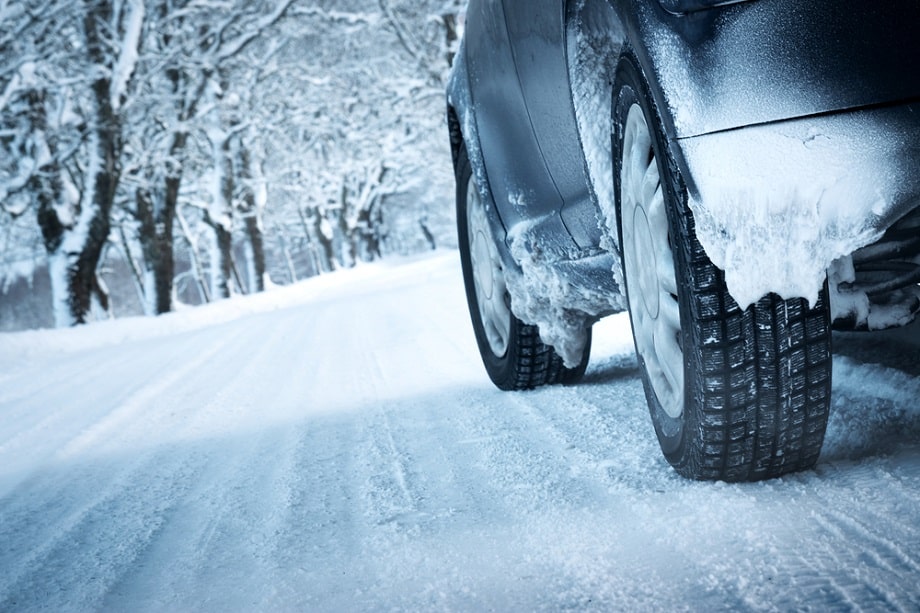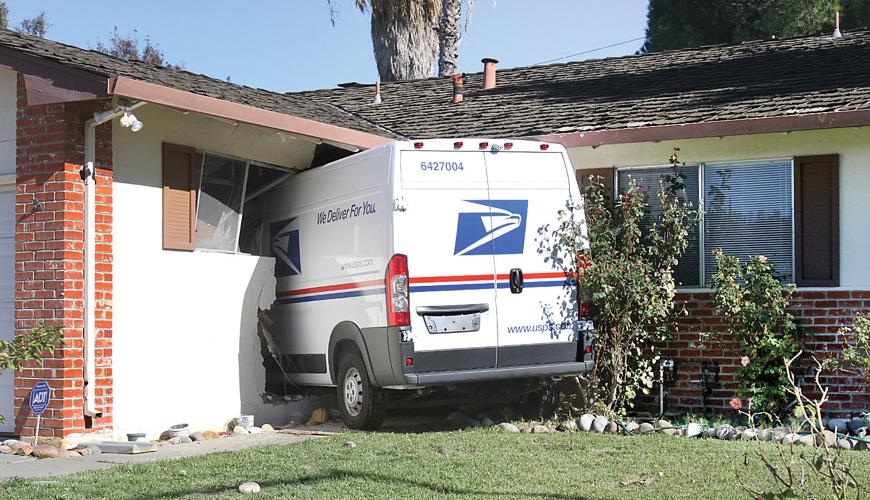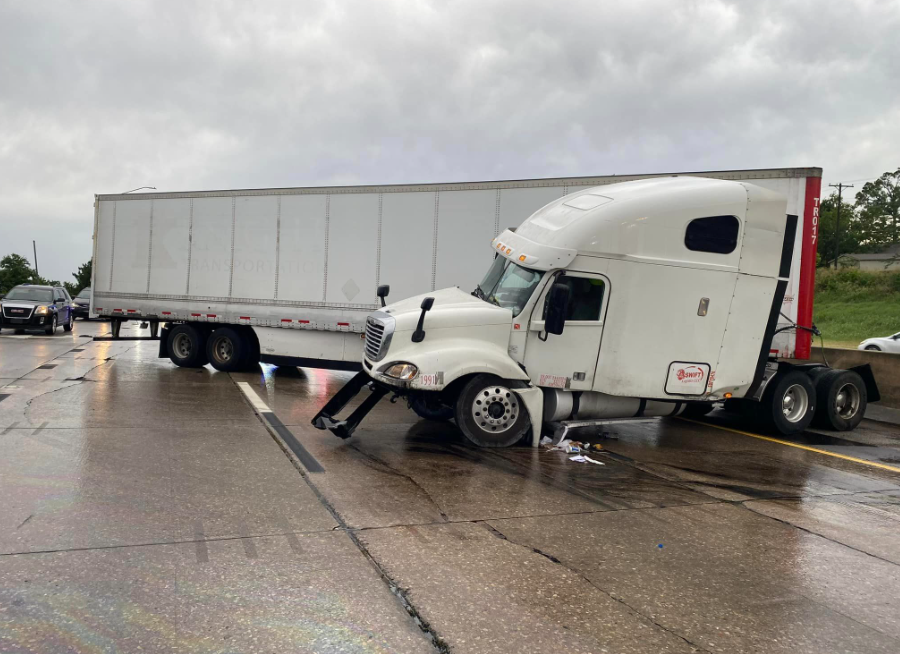As winter blankets the landscape in a glistening layer of snow and ice, the enchanting scenery often comes hand-in-hand with hazardous road conditions. Driving in winter requires a heightened sense of caution and preparedness to ensure a safe journey. Whether you’re a seasoned driver or facing your first winter behind the wheel, these essential safety tips will help you navigate the chilly challenges and prevent accidents on the winter roads.
Prepare Your Vehicle:
Before hitting the road, take time to prepare your vehicle for winter conditions. This includes:
- Winter Tires: Invest in winter or snow tires that provide better traction on icy and snowy surfaces.
- Check Fluids: Ensure that your car’s fluids, including oil, antifreeze, and windshield washer fluid, are at appropriate levels.
- Battery Inspection: Cold weather can be tough on car batteries. Have your battery tested and replaced if necessary.
- Brake Check: Ensure that your brakes are in good working condition, as slippery roads require responsive braking.
Slow Down and Increase Following Distance:
Speed limits are set for ideal driving conditions, and winter weather is anything but ideal. Slow down and give yourself ample time to react to changing road conditions. Increase your following distance to allow for extended braking distances on icy or snowy roads.
Clear Snow and Ice:
Before starting your journey, clear all snow and ice from your vehicle, including windows, mirrors, headlights, and the roof. Snow and ice left on your vehicle can become hazards for you and other drivers on the road.
Use Headlights and Turn Signals:
Visibility can be significantly reduced during winter weather, so always use your headlights, even during the day. Additionally, signal your intentions early to give other drivers more time to react.
Avoid Cruise Control:
In winter conditions, it’s best to have full control over your vehicle. Avoid using cruise control on slippery roads to maintain better command over your speed and acceleration.
Stay Informed About Weather Conditions:
Before embarking on a winter journey, check the weather forecast and road conditions. If conditions are treacherous, consider delaying your trip or choosing a safer route.
Pack an Emergency Kit:
Prepare for the unexpected by packing a winter emergency kit that includes essentials such as a blanket, flashlight, first aid supplies, non-perishable food, and a shovel. A fully charged mobile phone can also be a lifesaver in case of emergencies.
Brake Gently and Avoid Sudden Movements:
Sudden movements can lead to loss of control on slippery surfaces. Brake gently to avoid skidding and make gradual movements when steering and accelerating.
Watch for Black Ice:
Black ice is often invisible, making it a silent hazard. Be especially cautious on bridges, overpasses, and shaded areas where black ice is more likely to form.
Know When to Stay Home:
If conditions are severe, consider whether your trip is necessary. Staying home during a winter storm is the safest choice, ensuring you protect yourself and others on the road.
Winter driving demands a proactive approach to safety. By following these essential tips, you can reduce the risk of accidents and arrive at your destination safely. Remember, taking a little extra time and precaution is a small price to pay for the peace of mind that comes with navigating winter roads with confidence. Safe travels!







